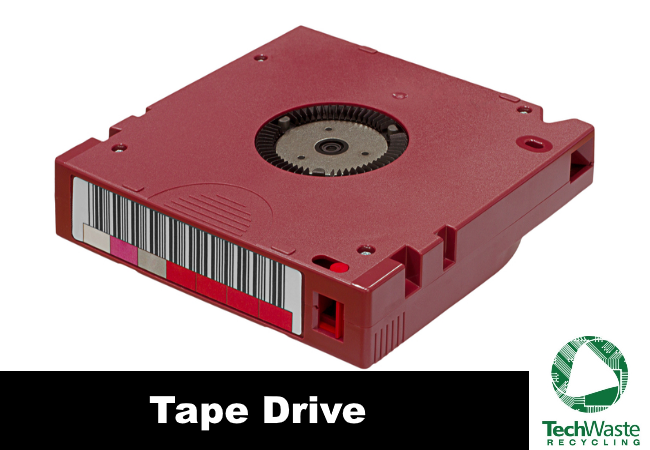A tape drive is a storage device that makes use of magnetic tape to read and write data for offline data archiving and backup via sequential access. To access specific information on a tape drive, the tape must be winded back manually. A tape drive may be rewinding or non-rewinding and work via helical scan or linear technology.
What is the History of Tape Drive?
The use of tape drives began in the 1950s and continued to evolve to increase storage capabilities and reduce data access time. During the 1970s, tape drives were physically mounted and threaded as opposed to their more portable counterparts today. The older reel-to-reel tape drives still exist today primarily for prolonged archiving.
Why is Tape Drive Good for Data Storage?
A tape drive is reliable storage that continues to be in use at present because of its large capacity, even when compared to HDDs. It is also an economical choice for storage especially when data needs to be kept for a long time. A tape drive’s ability to function offline makes it ideal for transporting data from and to different locations. The tape drive is also ideal for disaster recovery and data backup, ensuring that the data stored is protected and secure.
TechWaste Recycling Inc. provides secure electronics recycling for devices such as tape drives.
What Tape Drive Formats are Used Today?
Tape drives make use of two main tape systems for storing data- helical scan and linear tape.
The helical scan technology stores data on diagonal strips over the tape and utilizes two tape reels within the same cartridge. This system is older and used less even with a larger density capacity for data storage.
The linear tape system contains parallel data lines running through the whole tape which enables data reading and writing to happen at the same time. The mainstream format for this technology is the Linear Tape-Open (LTO). Together with the Linear Tape File System, LTO allows for faster data reading and writing.


































